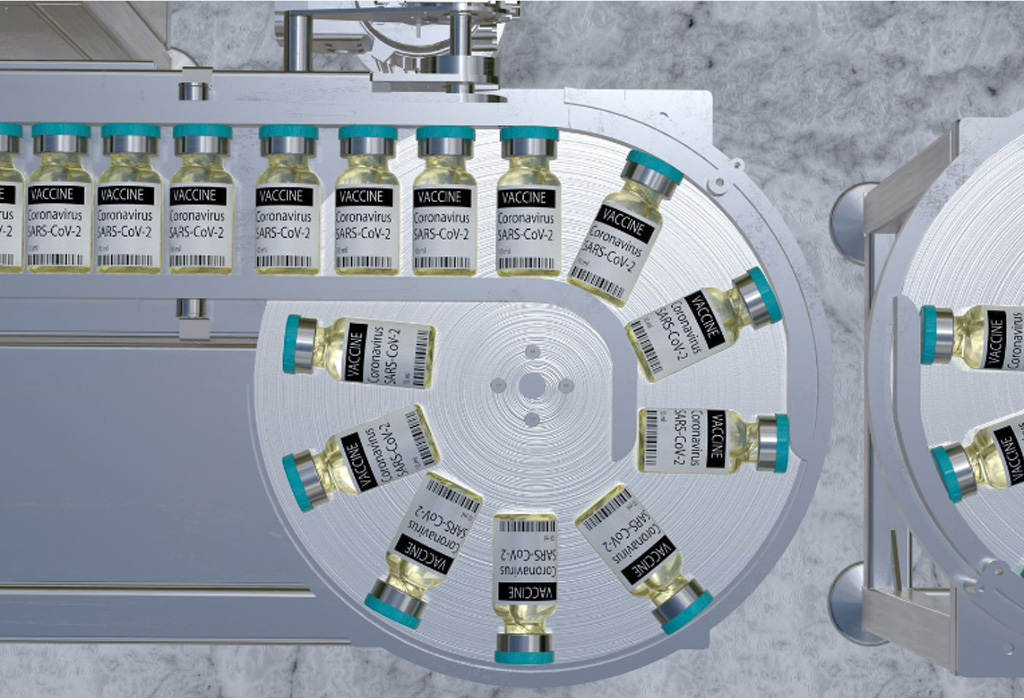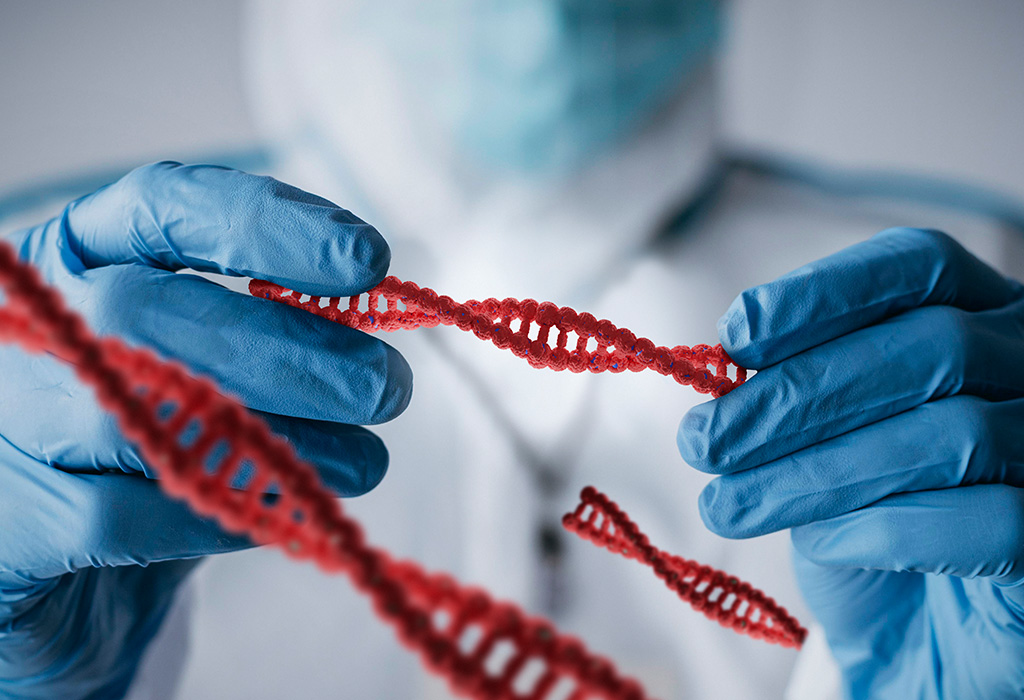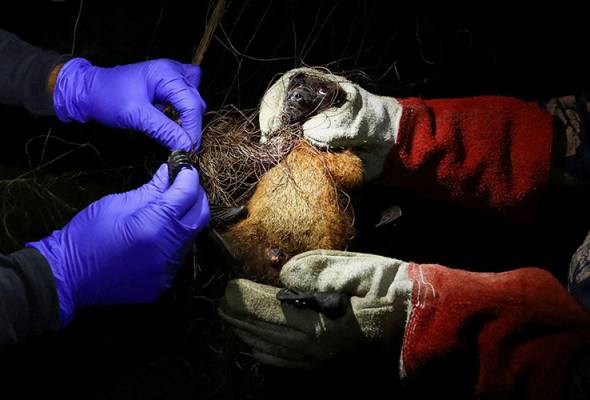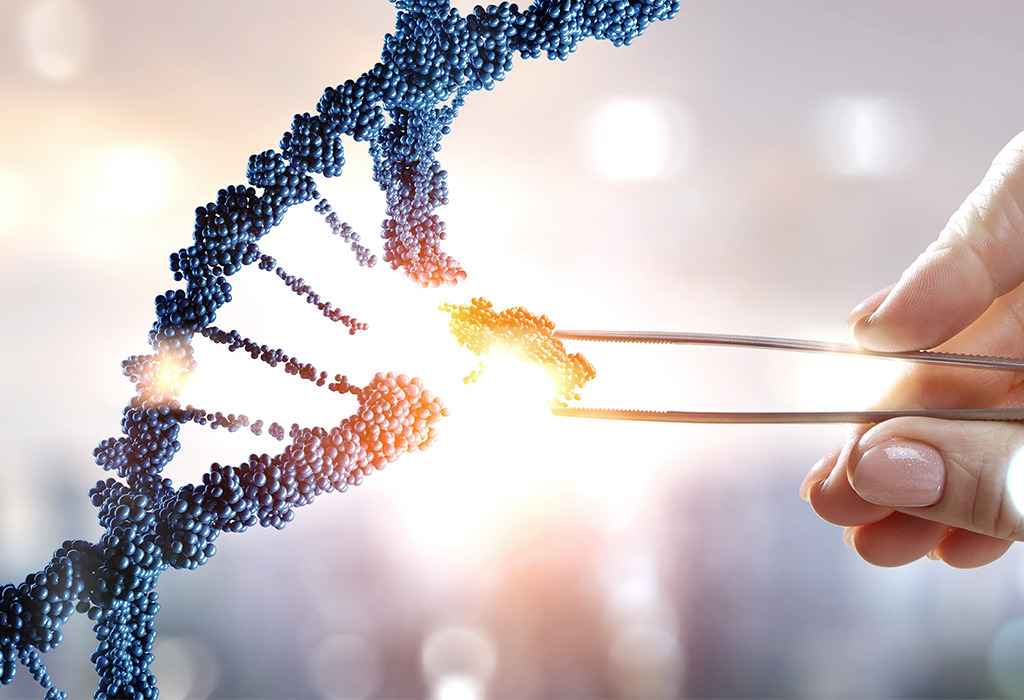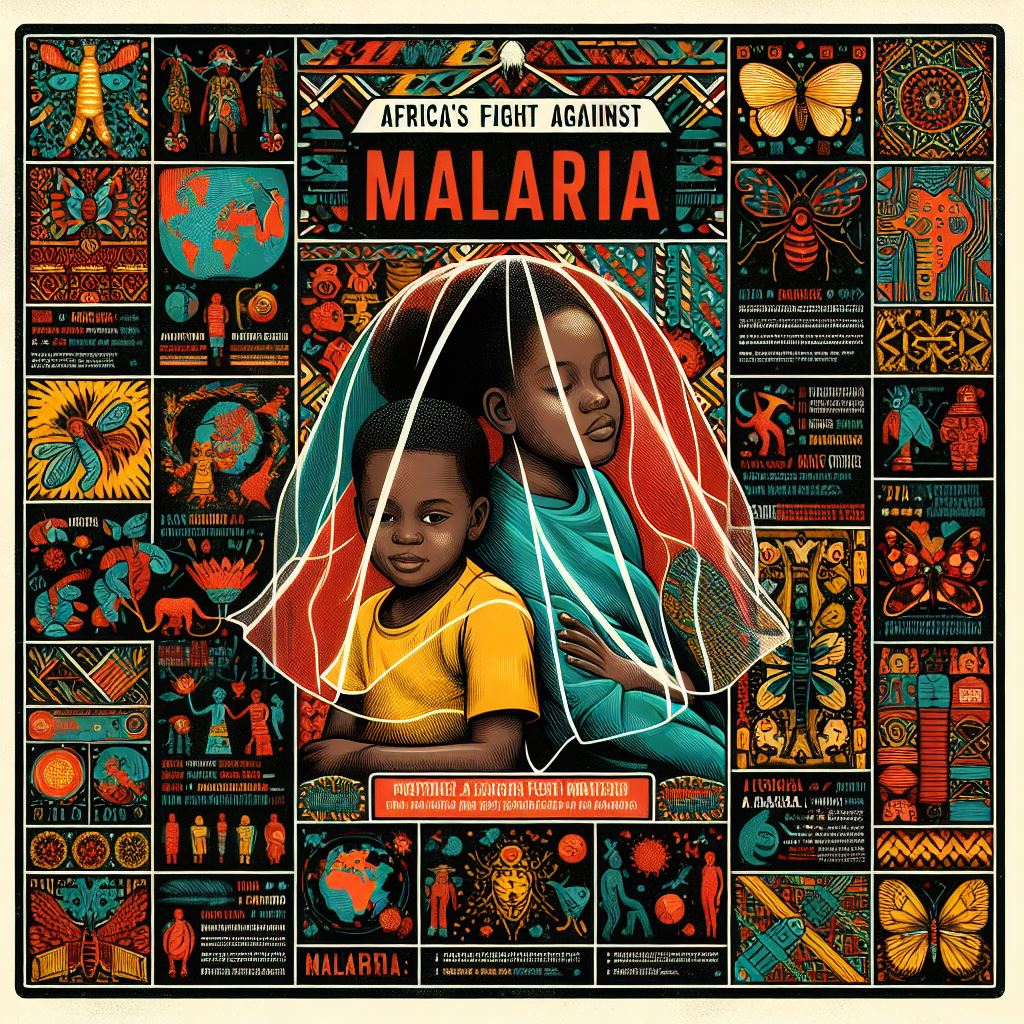Dr. Frederik Kristensen, the Inaugural Managing Director of the Regionalized Vaccine Manufacturing Collaborative (RVMC) and former Deputy CEO of CEPI, approached his new role with great energy and determination. Taking the helm of the RVMC secretariat, he was particularly enthusiastic about the pivotal role the Collaborative could play in fostering equitable vaccine access worldwide.
The stark disparities in vaccine distribution during the COVID-19 pandemic had underscored the urgency of the mission. While affluent countries in the north had benefited from prompt vaccine availability, those in the Global South had been left behind. It had become clear that a new, reformed, regionally-oriented approach to sustainable vaccine production and distribution was necessary.
Over the past year, Dr. Kristensen had observed the RVMC’s progress in increasing vaccine equity through the promotion of sustainable, regional vaccine manufacturing networks. Joining at an exciting time, the Collaborative had transitioned from mere convening, advocacy, and thought leadership to hands-on implementation.
Significant progress had already been made, with several nations and regions advancing regionalized vaccine manufacturing initiatives. Notable examples included dedicated efforts led by Africa CDC, PAHO in the Latin America and Caribbean region, as well as promising aspirations in the Middle East and political initiatives in the ASEAN region. Indonesia, India, and Brazil had all championed regional diversification as part of their G20 Presidencies.
The economic and health benefits had been significant. Scenario-modeling studies from India and countries across ASEAN and Africa had demonstrated that investing in regional vaccine manufacturing programs provided much higher societal returns than national ones. Such opportunities had spurred a series of investments in regionalized vaccine manufacturing from various entities, including the European Commission, Gavi, CEPI, the Bill & Melinda Gates Foundation, and many international development banks.
Dr. Kristensen expressed gratitude for the continued support from the RVMC’s founders and partners, including CEPI, the U.S. National Academy of Medicine, WEF, Africa CDC, the Pan-American Health Organization, Deloitte, and the World Bank Group.
As the Collaborative embarked on its next phase, it aimed to provide support across various pillars of the RVMC Framework, including sustainable financial and business models, technology transfers, strengthened R&D and innovation capacities, workforce development and collaborations, optimizing supply chains, regulatory efficiency, regional governance, and fit-for-purpose policies.
In the coming months, Dr. Kristensen pledged to engage with stakeholders in all regions to understand their perspectives, critical for the continued development of the Collaborative. He emphasized the importance of thinking globally, coordinating regionally, and acting locally to enhance equitable vaccine access, strengthen global pandemic preparedness, and ultimately, save lives.

